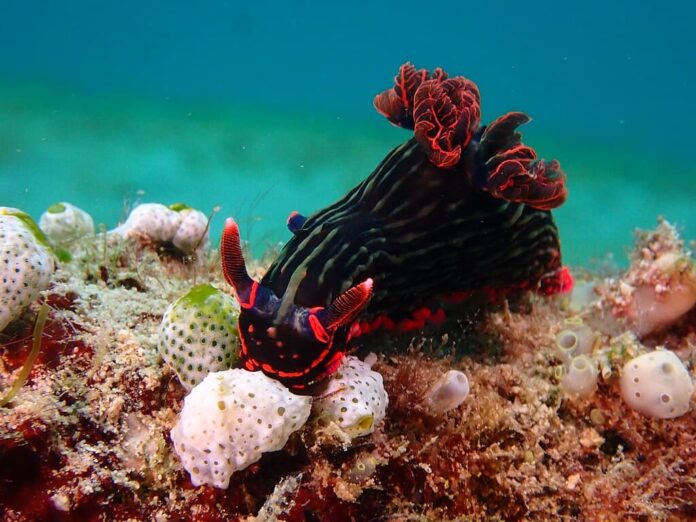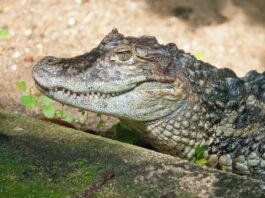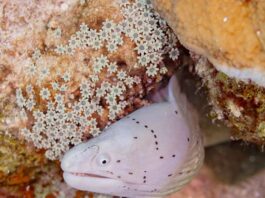Seafood is definitely love, but how many shellfish types do you know about? This is why I am here today to introduce you to the main types of this marine animals here. So shellfish are aquatic invertebrates rather than fish, and they belong to the bottom parts of the food chain. It is easy to count the common seafood that you like and often eat, but how about the category they belong to? In fact, there are not a lot of them so let’s take a look and see what they are with me below.
1Crustacean
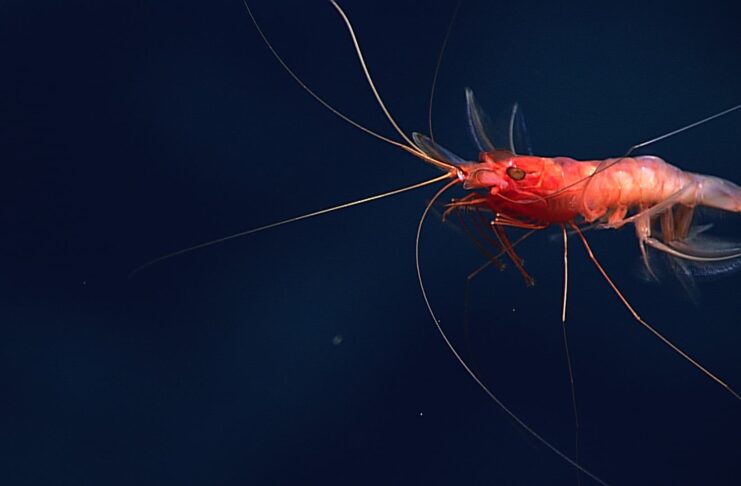
This is one of the shellfish types that we are familiar with, the bugs of the sea that we love to eat. There are more than 67,000 crustacean species, and the most common ones are barnacles, crayfish, krill, lobsters, shrimps, etc. Most crustaceans are aquatic and marine, but there are also some that moved permanently onto land like crabs and woodlice. A crustacean has a segmented body with a hard exterior (exoskeleton), jointed limbs, and two pairs of antennae. At the same time, it has 3 major body parts which are the head, thorax, and abdomen. All crustaceans must replace their exoskeletons with new ones as they grow, and the process is known as molting. A majority of crustaceans molt many times between hatching and adulthood, and that also means the larger they get.
The largest crustaceans belong to the Decapoda with about 10,000 species which includes the American lobsters, Japanese spider crabs, etc. Most large crustaceans crawl along the bottoms of the oceans, rivers, and streams, and sometimes they come on land. Although lobsters and shrimps can swim a little, these shellfish usually walk along the bottom of the body of water. More than that, these incredible shellfish also play many helpful roles in aquatic ecosystems. In planktonic forms, many of them graze on the microscopic plants floating in the sea. Along with that, they are also great food sources for birds and other fishes. Most importantly, crustaceans are one of the very important diets for humans, and many of them are valuable sources of food.
2Mollusk
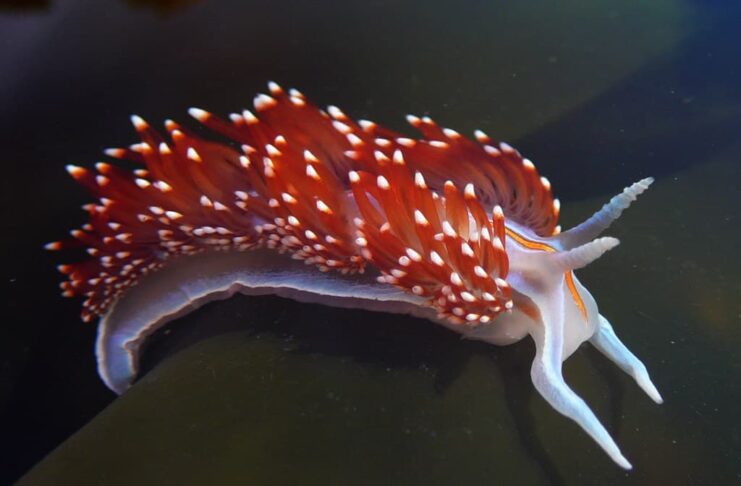
Contrary to crustaceans, mollusks are invertebrates or shellfish with soft bodies. On top of that, mollusks are also the largest marine phylum with about 23% of all the named marine organisms. Almost all mollusks that we are familiar with are the ones that are partly or wholly enclosed in calcium carbonate shells. This type is one of the most diverse groups in the animal kingdom with at least 100,000 described species. The interesting thing about mollusks is that they have adapted to all habitats, except for air of course. Even if most mollusks are marine, there are also some freshwater species as well. Among those species, mollusks come in a variety of forms (some are very large) that you will see below.
Bivalves
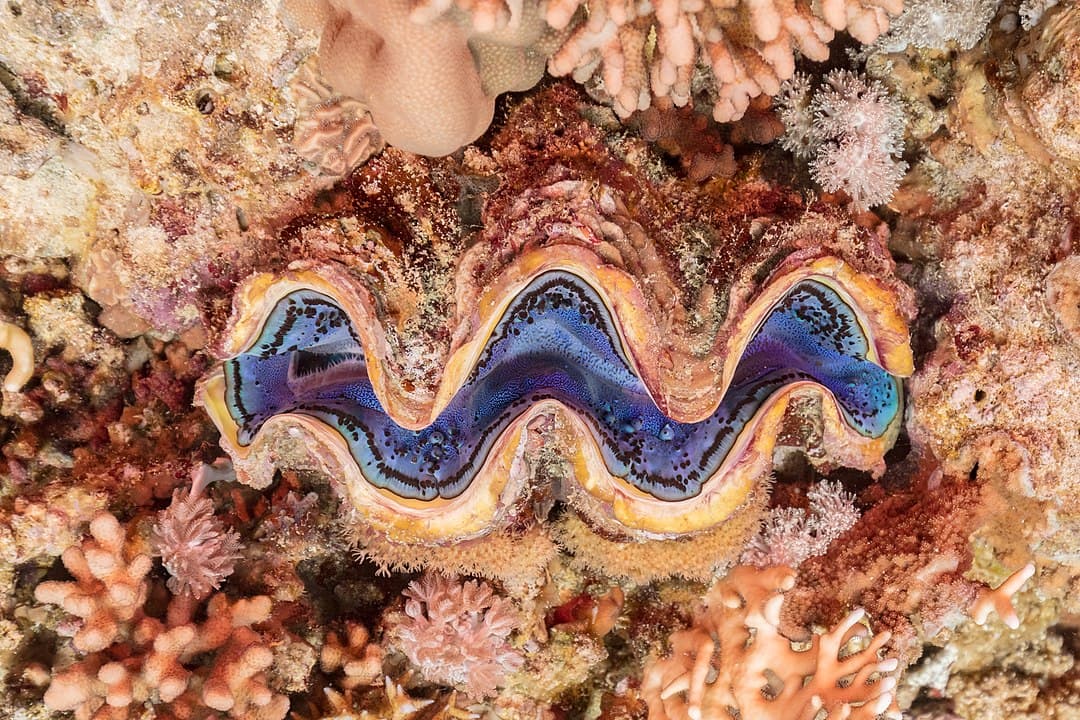
This is a large class of mollusks, identified by hard calcareous shells made of 2 parts aka “valves”. Bivalves hold shut their shells by using strong adductor muscles. There are about 9,200 living species today, and they live in brackish water, freshwater, and sea. The shells are small with either oval or spherical shapes in most surface-burrowing species. All bivalves are filter feeders, simply by taking in water that has plankton and other things floating in it. The most common bivalves that people know are clams, mussels, oysters, and scallops since they are very popular as food. Scallops can use their muscles to flap the valves and swim while cockles use their foot to leap from danger. These unique abilities allow them to escape predators that they come across in the water.
In the bivalves family, the giant clams have an impressive size of up to 135 centimeters (4 feet) which is huge. These shellfish are actually one of the important food sources for many cultures while playing a crucial role in the fishing industry. Each year, there are at least 3 million metric tons of bivalves harvested throughout the world. Virtually, all bivalves except thorny oysters are edible. Apart from being food, people also use their colorful shells for decorative purposes in terms of jewelry and ornaments. On top of that, some tropical bivalves contain natural pearls which is why there are also pearl oyster fisheries. Bivalves are very important, although a number of species are functionally extinct.
Cephalopods
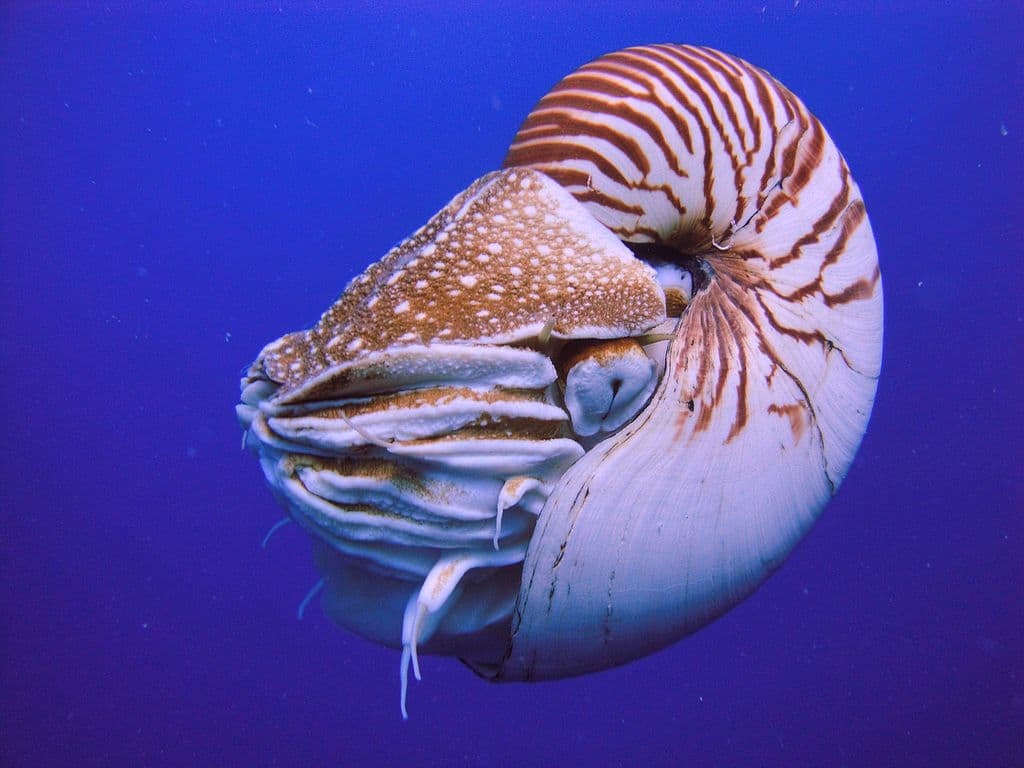
As one of the ancient animals, cephalopods went through many extinctions before evolving into different species as we have nowadays. A cephalopod is characterized by bilateral body symmetry, a prominent, and a set of arms or tentacles. So what are the differences between arms and tentacles in cephalopods? Arms, like those on an octopus, have suction cups the entire length of the limbs. As for tentacles, they only have suction cups near the end of the limbs. Some cephalopods have only arms (octopus), some have only tentacles (nautilus), while some others have both (cuttlefish). All cephalopods have blue-colored blood along with the ability to use propulsion to help them move swiftly when needed. Another common and famous feature that many cephalopods possess is the ability to squirt ink as part of a defense mechanism.
Cephalopods consist of some of the largest living invertebrates like giant squids with long bodies and tentacles. This is an impressive size because most cephalopods only exceed the length of one meter. There are about 800 known living cephalopod species, and some of the most common ones are cuttlefish, squid, and octopus. You can find them in all oceans, living in the depth from the abyssal plain to the sea surface. None of them can live in fresh water except for brief squid with the ability to tolerate brackish water. Just like other shellfish, cephalopods are also very important food sources for humans. Octopuses are one of the fascinating cephalopods because they are intelligent and capable of learning. Plus with their reputation in the mythology of many cultures, these creatures are very interesting.
Gastropods
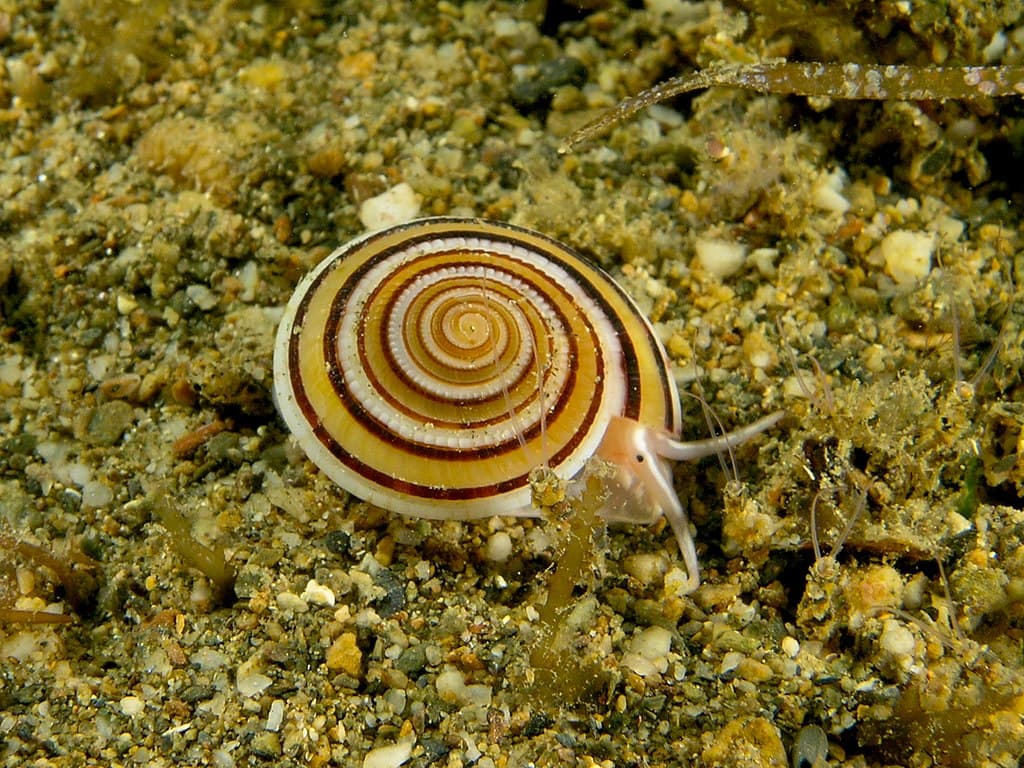
This is one of the mollusks that adapt to living on the land, with thousands of fully terrestrial species. As a result, many of them crawl and become cemented to the surface while others are free-swimming. Gastropods are commonly known as slugs and snails, and there are thousands species of them. The family consists of these crawling creatures from freshwater, saltwater, and land with a wide range of habitats. From deserts and mountains to gardens, woodlands, and more, gastropods are pretty much everywhere. You can even find them near the Arctic and Antarctic zones due to their worldwide distribution. There are about 5,000 species of brackish and freshwater gastropods and around 30,000 species of marine gastropods. Even more interesting, gastropods can be accidentally transferred from one habitat to another by other animals, especially birds.
Gastropods also go by the name of “Univalve”, meaning one valve or shell which is in contrast to bivalves. The shell of gastropods is typically coiled, and the uppermost part of the shell is formed from the larval shell. Underneath those shells are the foot, mantle, mantle cavity, or visceral mass that supports their movement, swimming, or walking. Land-dwelling snails do not have gills but the area in their mantle cavities is rich in blood vessels. These shellfish come in all shapes and sizes, and most of them live in the marine. The largest species in the gastropod family is the sea hare, growing from 40 to 100 centimeters. Because gastropods are one of the most diverse animal groups, they comprise about 80% of living mollusks.
Monoplacophora
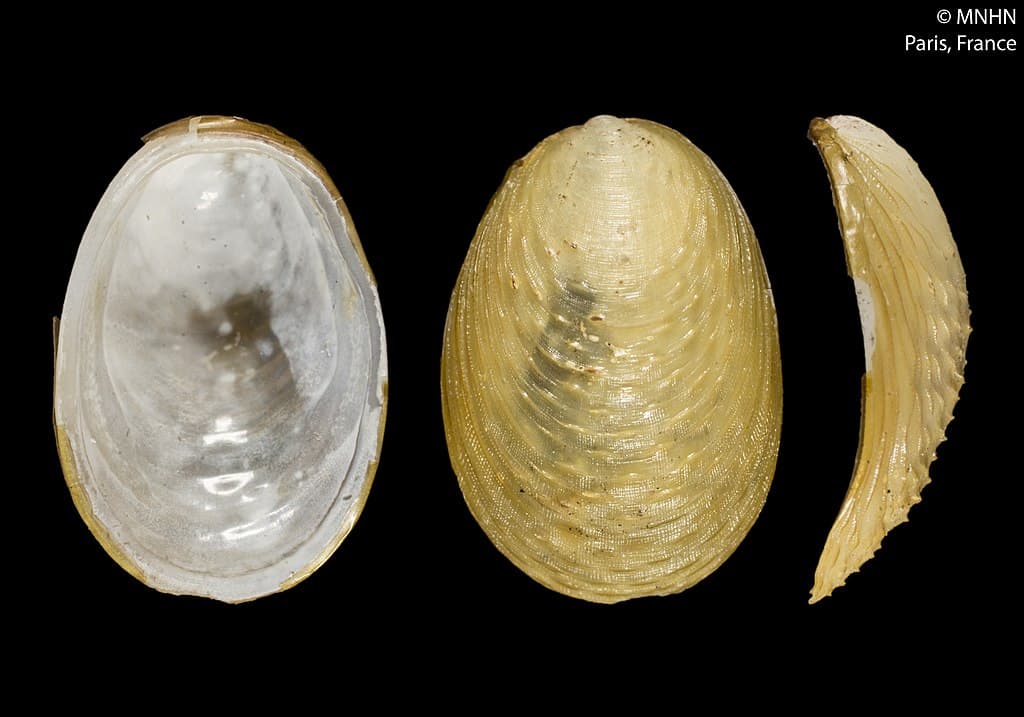
Meaning “bearing one plate”, monoplacophora is a mollusk class with a cap-like shell that lives at the bottom of the deep sea. Monoplacophorans are also univalved although not gastropods, and they are limpet-shaped and untorted. Along with that, they have a pseudometamerism of bilaterally symmetrical repeated organs and muscles. These mollusks are found on both soft bottoms and hard substrates on the continental shelf and seamounts in the very deep seas. These shellfish live in the abyssal zone, at depths between 174 meters and 6500 meters. The first discovery of living monoplacophorans was in 1957, and about 20 species have been discovered worldwide since.
Scaphopod
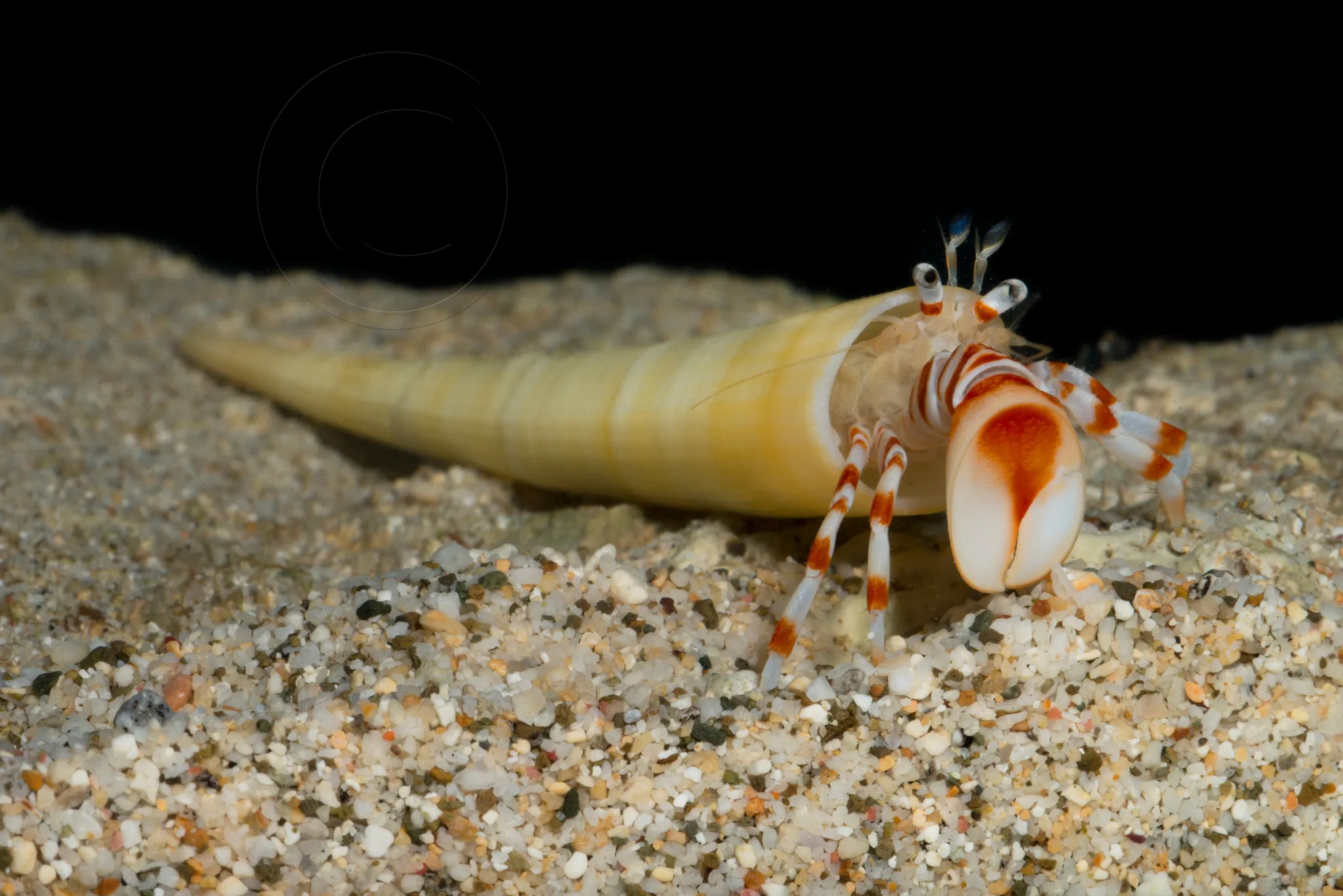
Scaphopod or tusk shell is a member of marine mollusk with worldwide distribution in the class of exclusively infaunal marine mollusks. The unique thing about them is that their shells are conical and slightly curved to the dorsal side. The shape simply makes the shells look like tiny tusks, hence their common nickname. More than that, the most distinctive feature of these shellfish is that the tubular shell is open at both ends. This is very different from most mollusks, making them quite interesting. In contrast to monoplacophora, scaphopod lives in soft substrates offshore.
Tusk shells live their adult lives buried in mud or sand, with their head end pointed downwards. This leaves only the narrow posterior end of the shell sticking up into the seawater for water exchange and waste expulsion. Scaphopod has a foot that digs into the ocean floor. It does so by pushing the into the ground, anchoring it by pressing blood into it, and pushing the rest of the shell. These shellfish are the least type that people are familiar with because of their subtidal habitat and small size. In fact, their shells are not easily visible in beach drift like shells of clams or sea snails at all. The best part is that shells of scaphopods were culturally significant to Pacific Northwest natives until the late 1800s. Native people collected their shells on strings, using them as money and necklaces.
Related Post: Warm-Blooded Fish You Don’t Know

